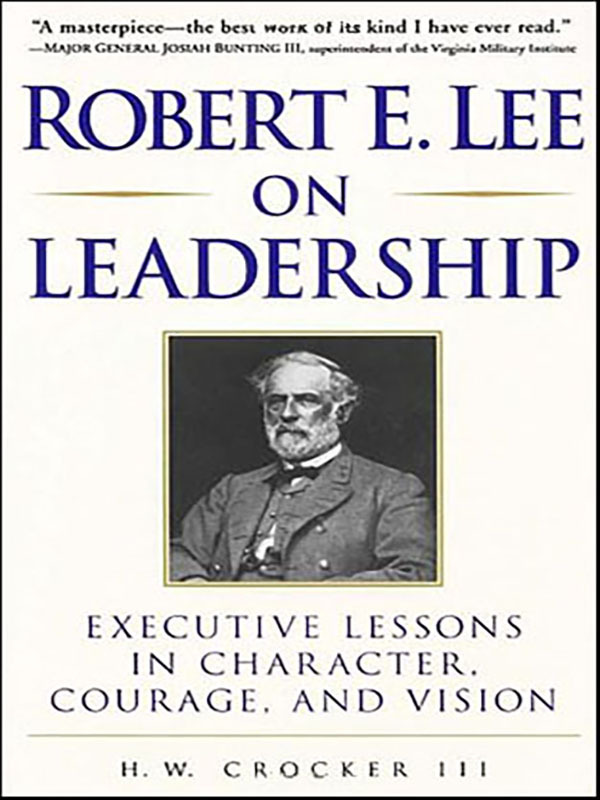Too Afraid to Cry: Maryland Civilians in the Antietam Campaign
$25.00
By Kathleen A. Ernst. What might you do if you woke up in the morning, looked outside and found all of your livestock dead or gone and a hundred corpses on the front lawn?
What about the marauding armies from both sides who might still be coming your way to steal what is left of your food, burn your home or even murder you and do who knows what to your womenfolk should you happen to be on the “wrong” side?
Where would you go? Where would you hide? Was there anywhere to go?
- Description
Description
By Kathleen A. Ernst. What might you do if you woke up in the morning, looked outside and found all of your livestock dead or gone and a hundred corpses on the front lawn?
What about the marauding armies from both sides who might still be coming your way to steal what is left of your food, burn your home or even murder you and do who knows what to your womenfolk should you happen to be on the “wrong” side?
Where would you go? Where would you hide? Was there anywhere to go?
This is the third of Kathleen Ernst’s six books about the American Civil War. Representing 10 years of research, it was written for those interested in the experiences of ordinary people caught up in the extraordinary events at Sharpsburg, Maryland in 1862.
Historians identify the battle of Antietam (Sharpsburg), which unfolded on September 17, 1862, as “the bloodiest day in American history.” By most counts, more than 23,000 men were dead, wounded or missing by nightfall. And left in the smoldering aftermath were the children, women and men who made their homes in the village of Sharpsburg and on surrounding farms.
The soldiers who participated in the 1862 campaign did so because they had chosen to march to war. The Maryland inhabitants who met them had not made that choice. Some rose to the challenge and demonstrated remarkable courage. Others exhibited extraordinary foolishness or greed.
Whatever their experiences may have been, their stories—told for the first time in Too Afraid to Cry—are no less important than those of the soldiers who marched through their cornfields, and are essential to a full understanding of the Civil War. And, for those who think war is a glorious affair, this will reaffirm the point that war is something to be avoided at all costs as it affects not just soldiers, but the innocent inhabitants caught up in its fury.
This book contains numerous period photos and illustrations, a detailed author’s preface and extensive footnotes, bibliography and index.
Softcover, 320 pages








